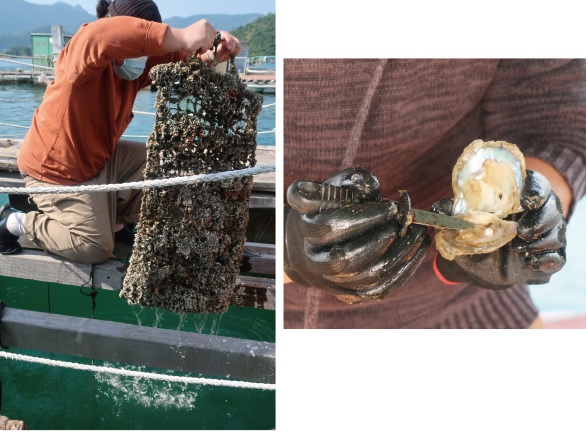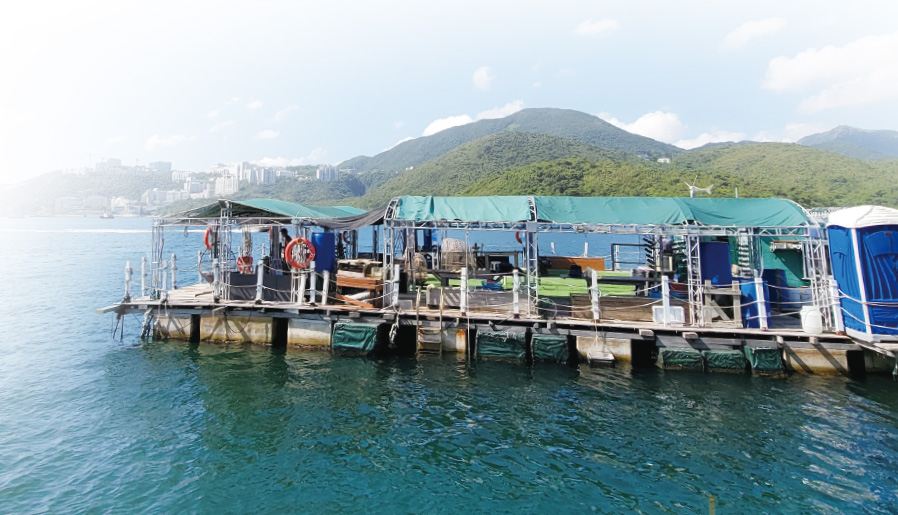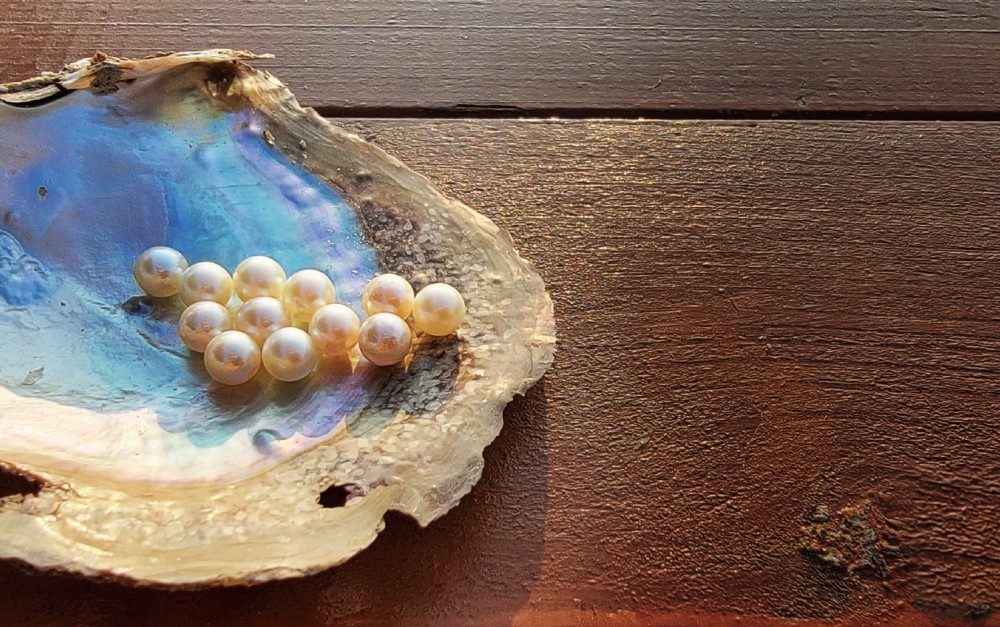
Hong Kong is known as the Pearl of the Orient, but have you ever thought that Hong Kong indeed produced pearls in abundance in the past? In 2014, the Pearl of the Orient finally began to shine again with actual pearls when a Hong Konger revived pearl farming in Hong Kong waters.
Actual pearls in Pearl of the Orient
As far back as the Southern Song Dynasty, in one of his poems, the poet Fang Xinru depicted the death of pearl fishers in Mei Chuen, which was actually today’s Tai Po area in Hong Kong. David Wong, Co-founder of the Hong Kong Pearl Cultivation Association, said: “It can be said that Hong Kong was a producer of pearls since the beginning of the recorded history of China.”
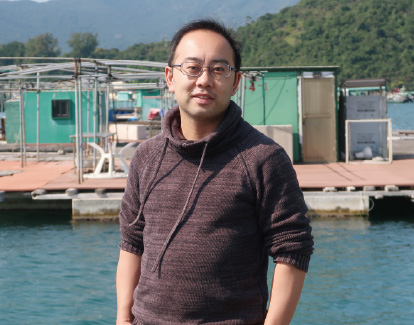 Wong, whose father’s generation was engaged in pearl farming, has always been fond of Hong Kong-produced pearls. “In the 1950s, local businesses collaborated with Japan to develop pearl cultivation in the Tai Po area. But in the 1960s, the development of pearl cultivation went downhill rapidly. The industry had basically diminished by the 1970s, which is a pity.”
Wong, whose father’s generation was engaged in pearl farming, has always been fond of Hong Kong-produced pearls. “In the 1950s, local businesses collaborated with Japan to develop pearl cultivation in the Tai Po area. But in the 1960s, the development of pearl cultivation went downhill rapidly. The industry had basically diminished by the 1970s, which is a pity.”
The only pearl farm to revive pearl farming in Hong Kong
When he returned to Hong Kong in 2009, Wong deeply felt the necessity to adopt an innovative mindset in order to revive pearl farming in Hong Kong. His representative achievement must be the invention of the patented Metakaku® pearl identification technology in 2012. The technology has received government funding and won several awards, such as the Hong Kong ICT Awards 2015: Best Smart Hong Kong (Internet of Things Application) - Silver Award, the IOT Journal Award - Best Internet of Things Applications Award - Merit Award (2015, USA), and the Jewellery News Asia Awards - Industry Innovation of the Year - Manufacturing - Technology (2014). To put it simply, it uses RFID technology to implant a wireless digital tag into the “nucleus” of the pearl, making it possible to trace the origin of the pearl at any time no matter where it is shipped to, thus setting apart the fake from the genuine ones.
According to Wong, as the technology is a Hong Kong invention, he wanted the first generation of pearls implanted with digital tags to be produced in Hong Kong waters, thus embarking on a path of pearl farming. He tried to cultivate pearl oysters in Yung Shue O in 2014, but unfortunately suffered heavy losses due to a red tide (algal bloom) the following year. Later, after several studies, he decided to set up another base in Pak Sha Wan in Sai Kung. This time, he not only raised the success rate of breeding to 70%, but also started to export the pearls he harvested to foreign countries.
COVID-19 turned out to be a blessing in disguise
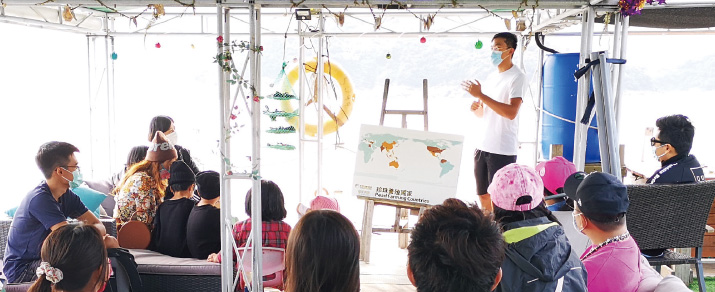 Pearl farming is by no means easy, as it basically takes ten months to reach the harvest stage and operating costs are high in Hong Kong. Nevertheless, armed with an enthusiasm and a thorough understanding of the industry, Wong remained able to keep the business on the right track several years on. In 2018, the Hong Kong Pearl Cultivation Association became a pilot programme funded by the Agriculture, Fisheries and Conservation Department through the Sustainable Fisheries Development Fund. However, its pearl farming plan was completely disrupted when the social movement in 2019 posed challenges to operations and COVID-19 broke out suddenly in 2020.
Pearl farming is by no means easy, as it basically takes ten months to reach the harvest stage and operating costs are high in Hong Kong. Nevertheless, armed with an enthusiasm and a thorough understanding of the industry, Wong remained able to keep the business on the right track several years on. In 2018, the Hong Kong Pearl Cultivation Association became a pilot programme funded by the Agriculture, Fisheries and Conservation Department through the Sustainable Fisheries Development Fund. However, its pearl farming plan was completely disrupted when the social movement in 2019 posed challenges to operations and COVID-19 broke out suddenly in 2020.
Unwilling to just sit back and worry about it, when Wong noticed the huge potential of local tourism amid COVID-19, he decisively shifted to guided tours that focus on pearl oysters. The guided tours, whose selling point is imparting knowledge on pearls and giving a “pearl opening experience” to customers, not only became very popular, but also emerged as a new local tourist activity.
Infinite possibilities from tiny little pearls
Besides guided tours, Wong also held various types of workshops where participants could use pearls to make their favourite ornaments. He also launched a school-based pearl farming scheme under which students can cultivate pearls in ecological tanks set up on their school campuses. Recently, he partnered with a local sauce producer to make a delicious XO sauce with pearl oyster meat.

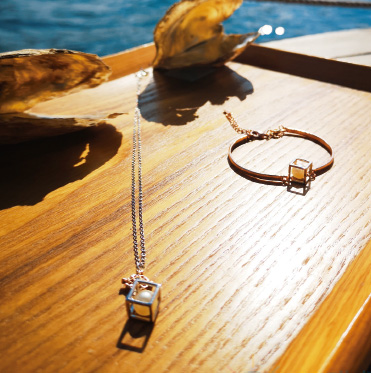
Actually, pearl farming is also beneficial to the environment and ecology. Wong said that pearl oysters are filter-feeders, just like seawater purifiers. And farming cages holding pearl oysters are like floating coral reefs that attract microorganisms and small fishes to use them as their habitat, thus forming a marine ecosystem. “My ultimate goal is to seek a ‘pearl farming mission’ path to connect the local economy, conservation and community so that the Pearl of the Orient can really show its brilliance again.”


